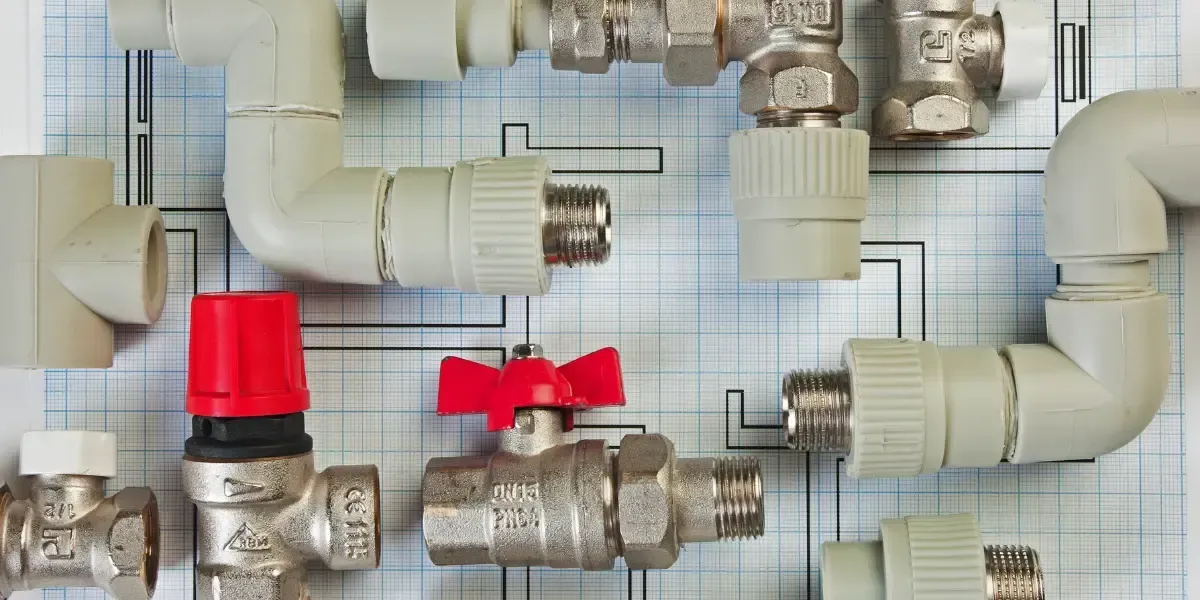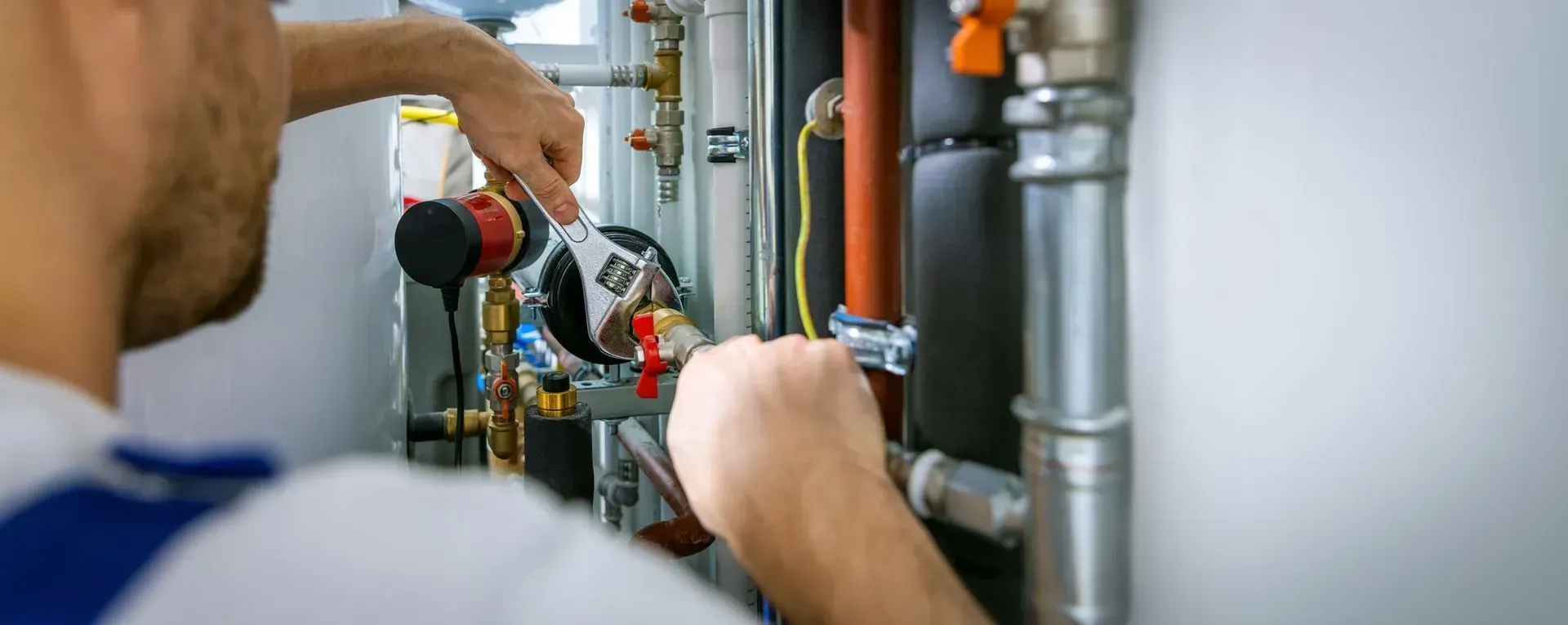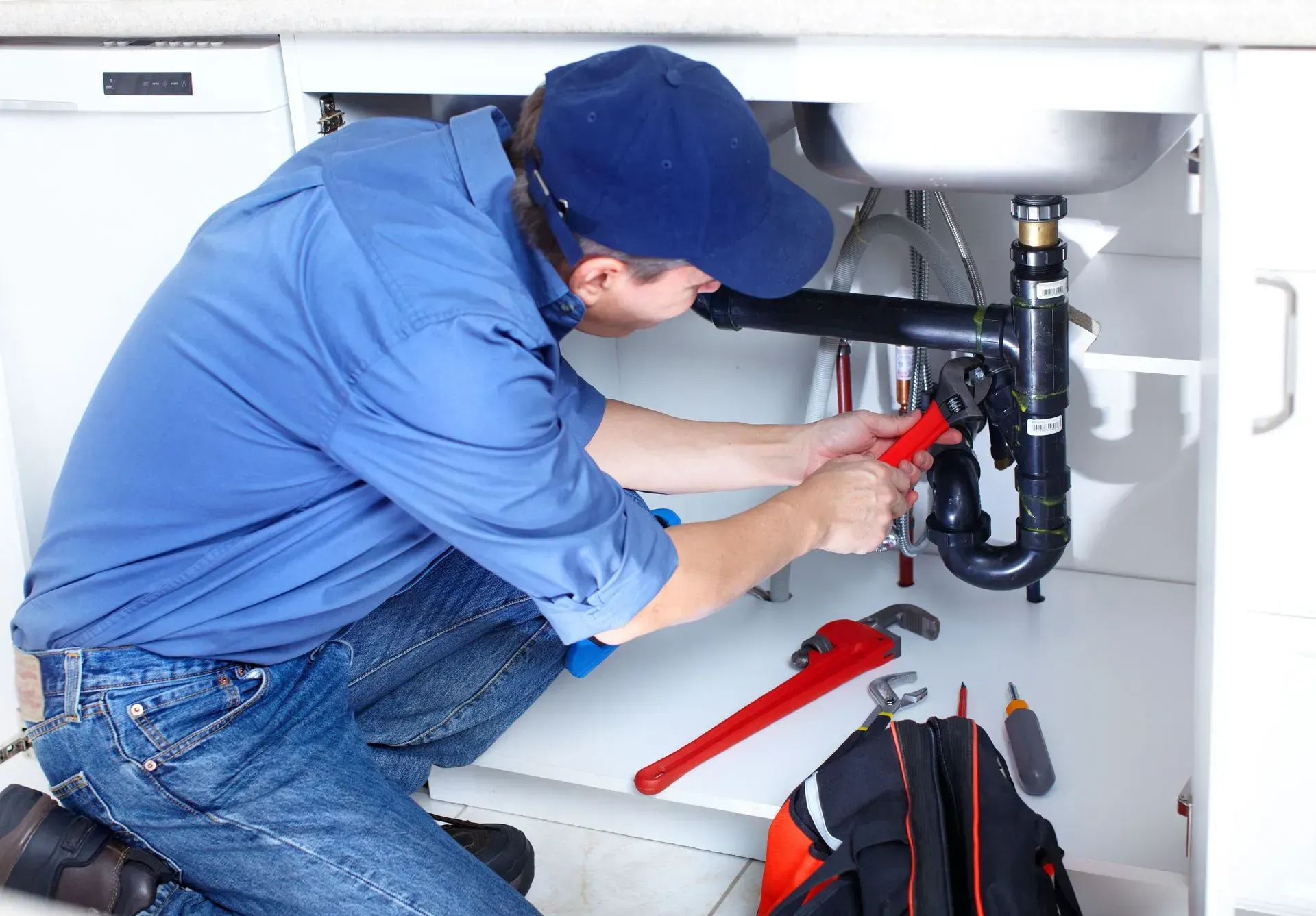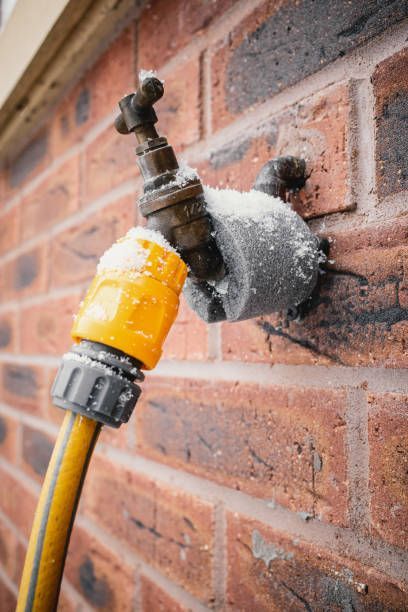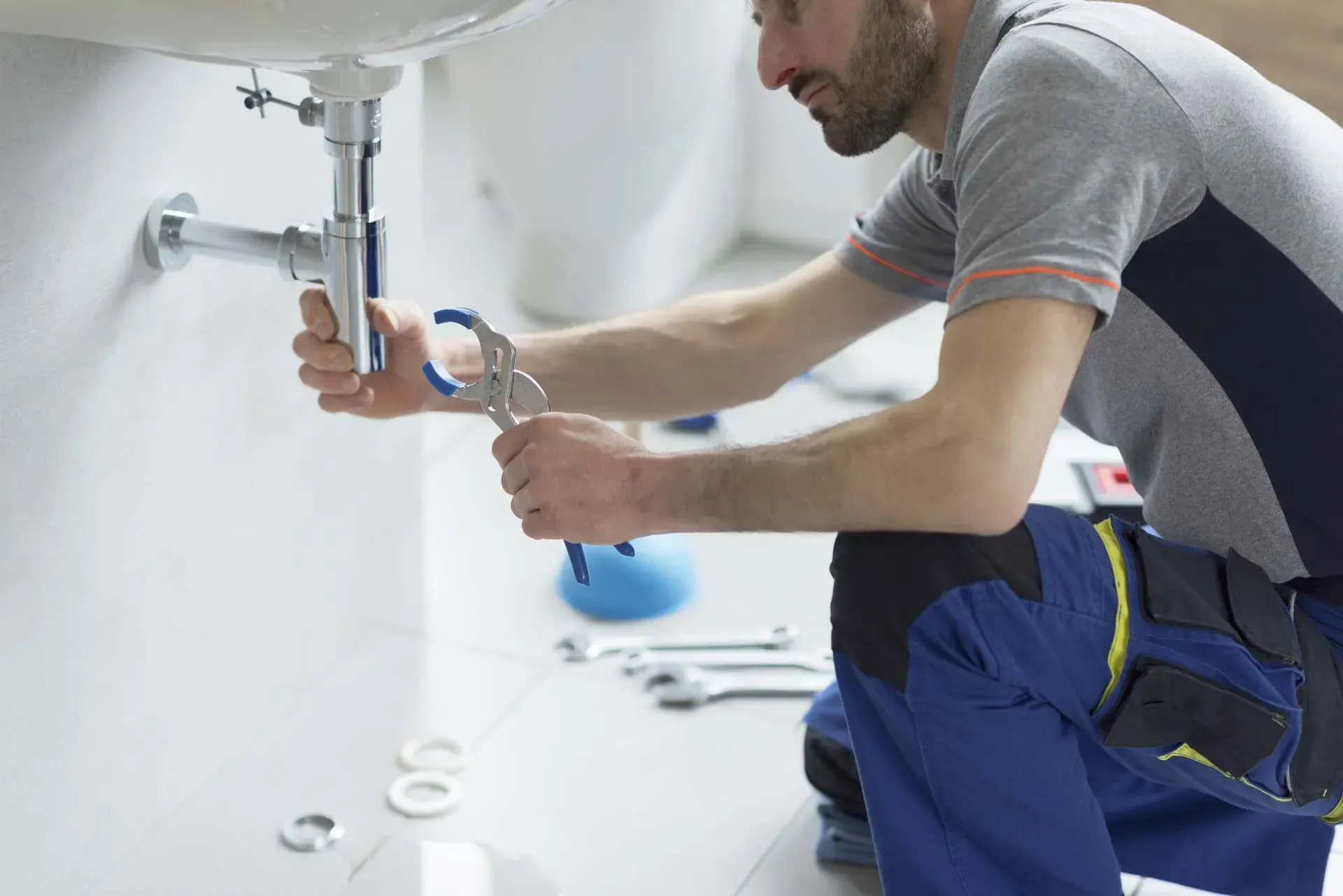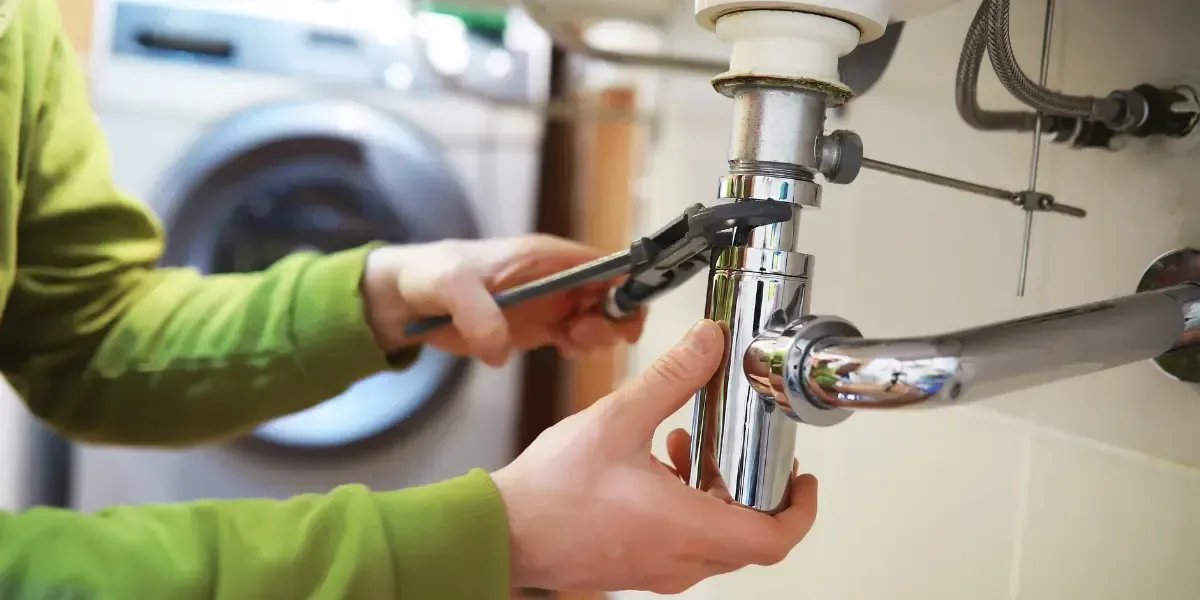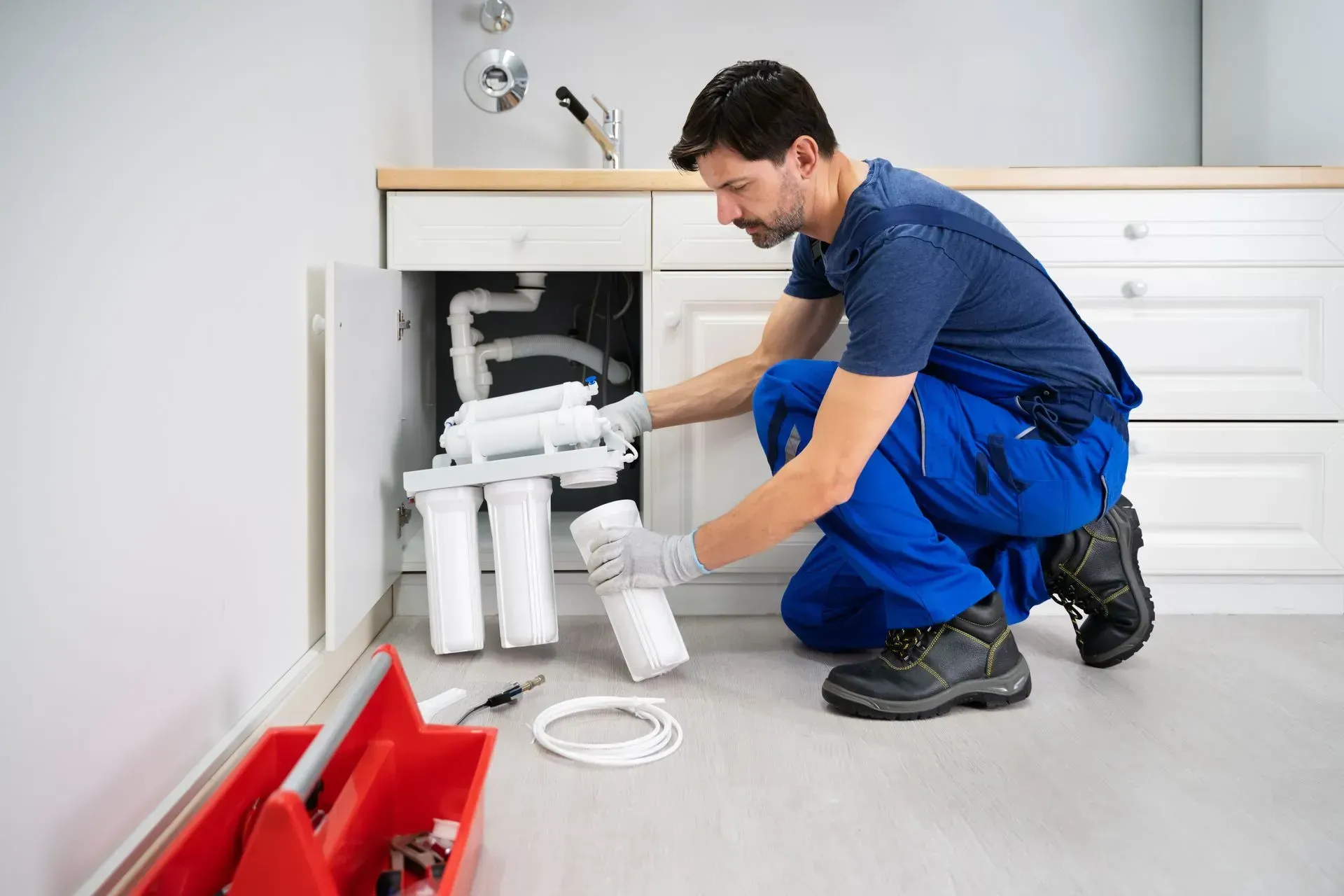How to Install Plumbing Fixtures Like a Pro
Installing plumbing fixtures can improve how your home works and looks. Whether you are changing a bathroom faucet, adding a new kitchen sink, or replacing a showerhead, good installation is important. It will help them last longer and work well. In this guide, we will show you the steps on
how to install plumbing fixtures like an expert.
Gather the Necessary Tools and Materials
Before you start, check that you have this:
- Adjustable wrench
- Pipe wrench
- Screwdrivers
- Plumber's tape (Teflon tape)
- Bucket
- Cleaning cloths
- New item and any parts that come with it
Shut Off the Water Supply
Locate the shut valve for the item you are replacing. If there is no local valve, turn off the main water supply to your house. Open the faucet to drain any extra water and relieve pressure.
Remove the Old Fixture
Faucets:
- Use an adjustable wrench to loosen the nuts that connect the faucet to the sink.
- Gently lift the faucet out.
Sinks:
- Unhook the water supply lines and drain pipes.
- Use a knife to cut through any sealant between the sink and counter, then lift the sink out.
Showerheads:
- Turn the showerhead to the left to take it off the arm.
Prepare the Area
Clean the area where you will install well. Remove any old sealant, dirt, or mineral build-up. This will help ensure a good seal and fit for the new item.
Install the New Fixture
Faucets:
- Put the gasket or plumber's putty under the new faucet to stop leaks.
- Slide the faucet into the mounting holes.
- From below the sink, tighten it with mounting nuts.
- Attach the water supply lines, making sure the hot and cold lines match up correctly.
Sinks:
- Put a line of silicone sealant around the edge of the sink opening.
- Carefully lower the new sink into position and push down hard.
- Connect the drain pipes and water supply lines again.
Showerheads:
- Put plumber's tape on the threads of the shower arm to make it water tight.
- Twist the new showerhead onto the arm until it is tight.
Test for Leaks
Slowly turn the water supply back on. Use the new item and check all connections for leaks. If you find any, tighten the connections if needed.
Final Touches
Make sure the tool works well. Clean any leftover sealant or dirt from the area where it was installed.
How White Oak Plumbing Can Help You
While many plumbing fixture installations are simple, some cases need expert help. At White Oak Plumbing, we focus on professional plumbing fixture installations. Our skilled team makes sure your new fixtures are put in well and work efficiently, giving you peace of mind and the best performance.
Why You Should Choose White Oak Plumbing
- Experienced Professionals: White Oak Plumbing licensed plumbers have many years of experience with plumbing installations.
- Quality Work: We make sure every installation follows industry standards and local building codes.
- Time and Cost Savings: Hire professionals to avoid costly mistakes and the hassle of DIY projects.
- Advanced Equipment: We use the newest tools and methods for efficient and precise installations.
- Customer Satisfaction: We promise to provide great service to make our customers happy.
Conclusion
Installing plumbing items is a doable DIY job if you do it right, but getting a pro can help it go smoothly and reliably. If you feel unsure about doing it yourself or need help with tricky setups, White Oak Plumbing is ready to assist. Reach out to us today to set up a meeting and have easy plumbing item installations.
Frequently Asked Questions
How long does it take to install a plumbing fixture?
The time it takes to install something depends on what it is and how complicated it is. Simple things like showerheads usually take 15 to 30 minutes. But sinks or faucets may need 1 to 2 hours.
Can I install a plumbing fixture myself, or should I hire a plumber?
If you know a little about plumbing and have the right tools, you can put in simple fixtures. But for hard installations, it is better to hire a professional plumber.
Do I need a permit to install a new plumbing fixture?
In most cases, if you replace a current fixture, you don't need a permit. However, putting in new plumbing lines might need permits based on local rules.
What should I do if I notice a leak after installation?
Check the connections and tighten them if needed. If leaks do not stop, use plumber's tape or call a professional for help.
How often should plumbing fixtures be replaced?
Most plumbing fixtures last 10 to 20 years. This depends on how much they are used and how well they are cared for. Checking them regularly can help you know when to replace them.

